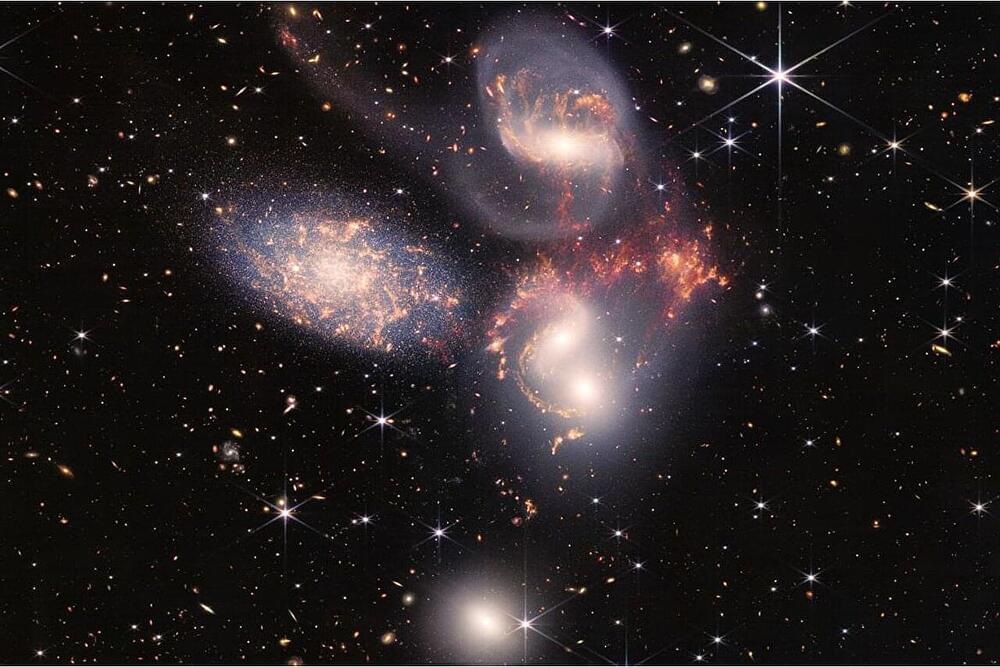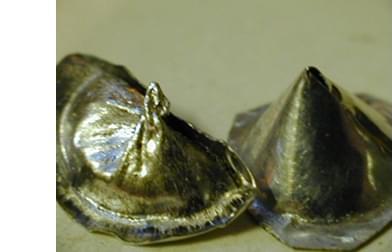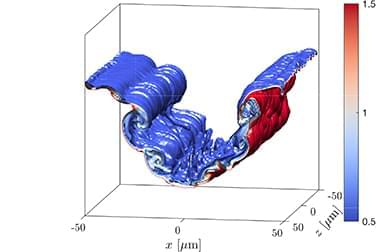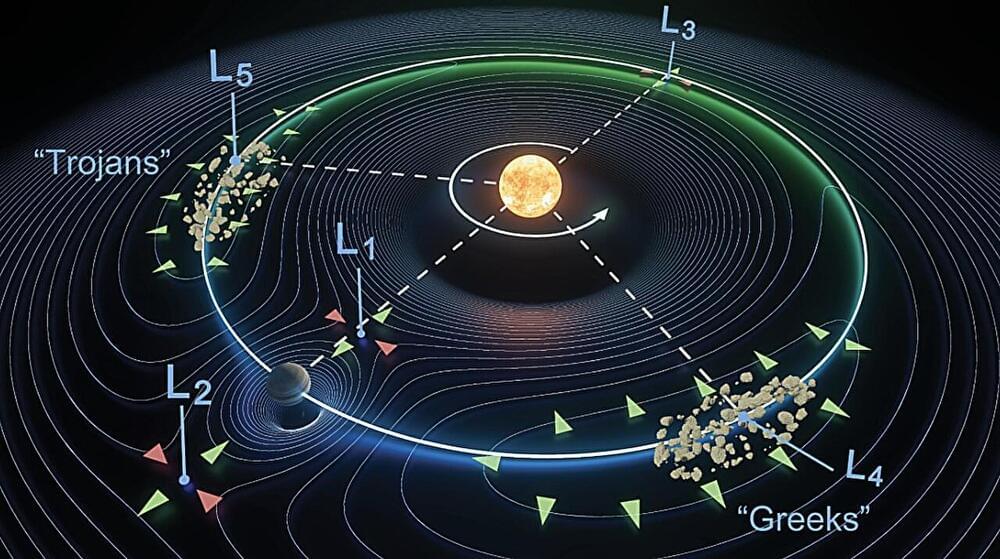Feb 3, 2024
Magnetic launch of black hole jets in Perseus A
Posted by Genevieve Klien in categories: cosmology, physics
The Event Horizon Telescope collaboration, including scientists from the Max Planck Institute for Radio Astronomy in Bonn, Germany, has recently resolved the jet base of an evolving jet of plasma at ultra-high angular resolution.
The international team of scientists used the Earth-size telescope to probe the magnetic structure in the nucleus of the radio galaxy 3C 84 (Perseus A), one of the closest active supermassive black holes in our cosmic neighborhood.
These novel results provide new insight into how jets are launched, revealing that in this cosmic tug of war, the magnetic fields overpower gravity. The study is published in the journal Astronomy & Astrophysics.

















